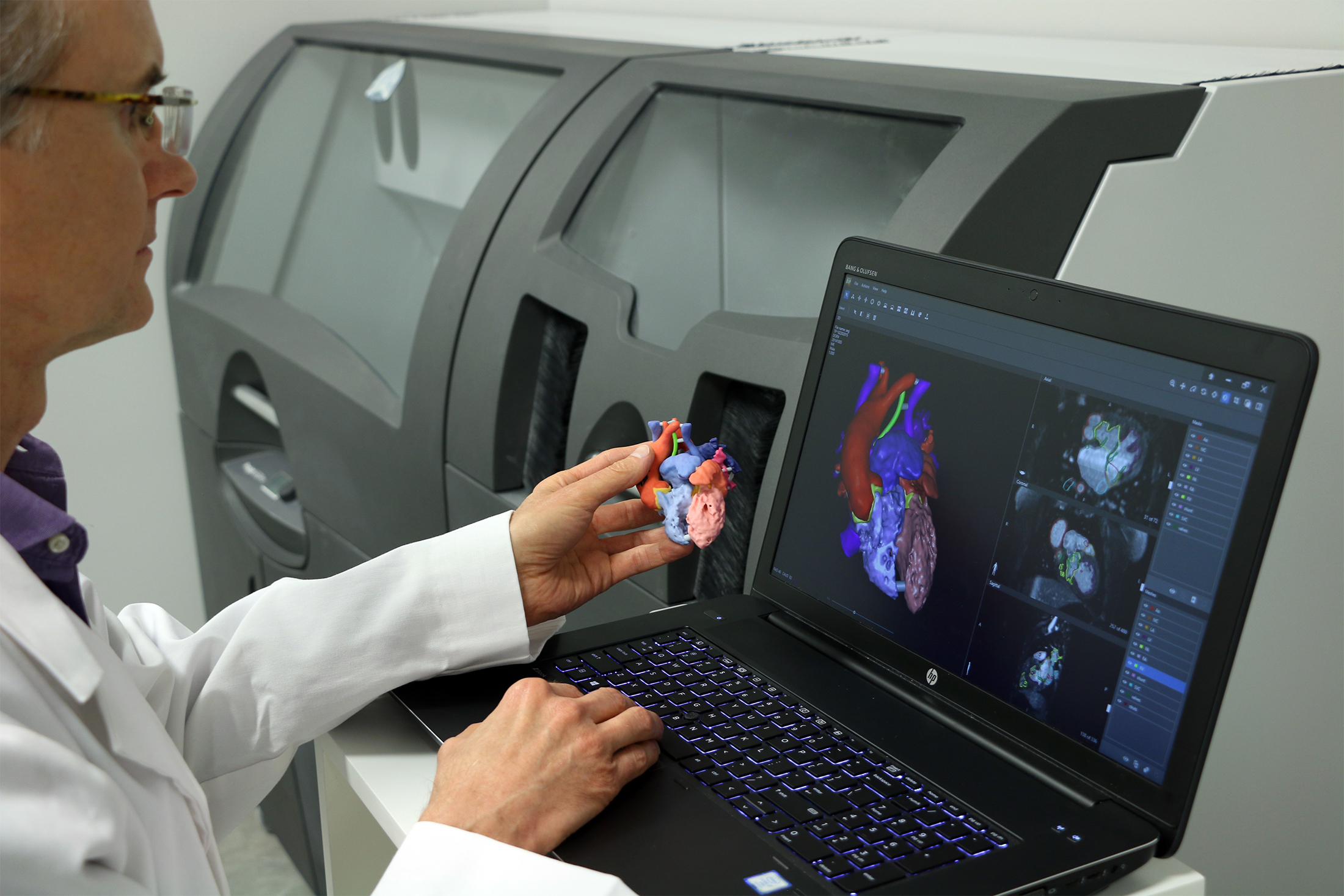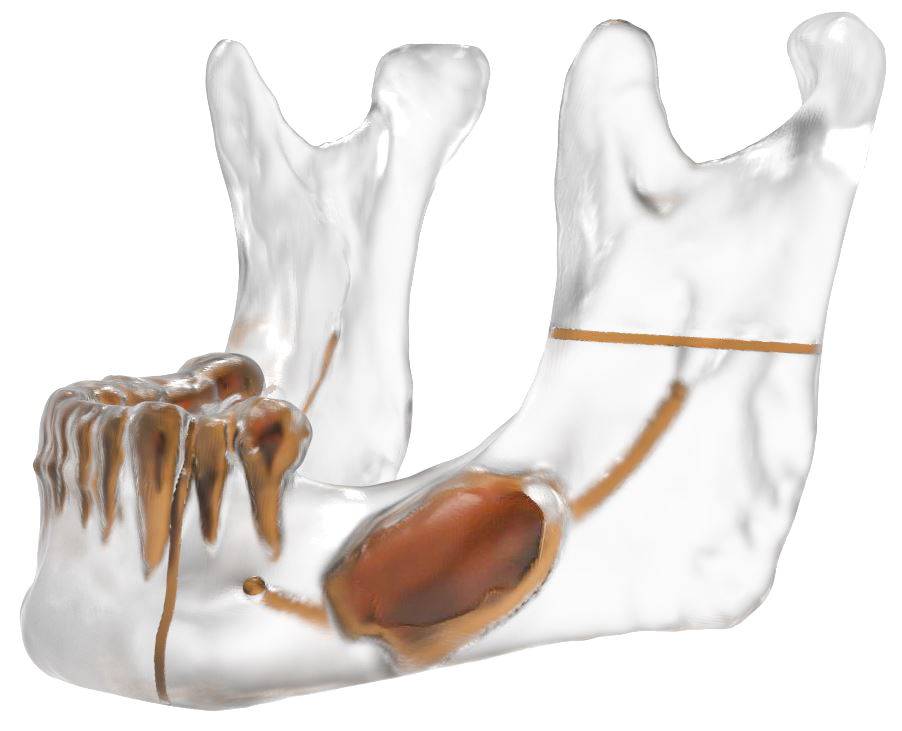After markets closed on March 1, 2021, 3D Systems (NYSE: DDD) announced its financial results for the fourth quarter and full-year 2020. The Rock Hill, South Carolina-based 3D printing solutions provider, reported better than expected revenues for the last quarter of the year, mainly from a significant increase in sales from its healthcare segment. Altogether the full-year results were dampened by the first two quarters, which were severely impacted by the unexpected repercussions of the COVID-19 pandemic, bringing down overall revenue and earnings compared to 2019.
For the quarterly period ending December 2020, 3D Systems said it had a loss of $19.8 million or $0.16 per share, failing to meet analyst estimates of $0.11 per share. On the positive side, the company reported increased sales for the same period, with revenues of $172.7 million, up 2.6% compared to the same quarter last year. These results reflect exceptional growth from the healthcare segment with 48% more revenue than Q4 2019, driven by strong sales in dental and medical applications. The company sees growth opportunities in medical devices and the emerging field of personalized health services, which encompasses custom surgical aids and implants.
Additionally, 3D Systems has made a significant technological breakthrough in its emerging regenerative medicine area, which will be increasingly important to its healthcare business in 2022 and beyond. Over the last three years, company founder Charles Hull has been working closely with United Therapeutics to demonstrate the capability to print human organs to address the enormous need for transplant patients. The first application selected for development was a fully functioning biocompatible human lung. Up until now, the partnering companies have demonstrated the capability to reproducibly print extremely complex, ultra-thin walled structures using collagen-based materials, enabling vascularization to support blood flow.
Known as Print to Perfusion, the process can create structures that are perfused with human cells, which can thrive and multiply. During the Earnings Call on March 2, 2021, 3D Systems CEO Jeff Graves said that near-term technology applications of its bioprinting initiative include creating customized soft tissue implants for trauma patients or use in breast reconstruction following mastectomy. For laboratories, they also envision creating test modules, termed “tissues-on-chips”, that could be used to better simulate the human response to new drug therapies. Moving along with this course of action, 3D Systems plans to increase internal investments and expand application partnerships in regenerative medicine in 2021.

Human vasculature model created using Print to Perfusion process. Image courtesy of United Therapeutics.
The continued rebound trend in customer activity could help the company emerge from the worst pandemic-related shutdowns. Reflecting upon 2020, Graves said it was a year of “great challenges.” Towards the latter half of this unprecedented time, 3D Systems managed to deliver strong growth for an increasing number of new additive manufacturing (AM) technology applications, evidenced by improved consecutive quarters, Q3 and Q4.
Operating expenses for the fourth quarter were $71.7 million, a decrease of 9.2% compared to the fourth quarter of 2019, mainly due to the company’s restructuring efforts to reduce operating costs by $100 million annually. By year-end, 3D Systems managed to achieve a $60 million annualized cost reduction target, with efforts to deliver an additional $20 million in savings in 2021. Additional cost cuts will demand the company to streamline through the future sale of subsidiaries. Last year, it already became clear that certain businesses were not in focus with the AM strategy, which led to the sale of Cimatron, an Israeli software firm acquired by 3D Systems in 2015, and GibbsCAM, a CNC programming software business.
For the full-year 2020, revenue fell 12.4% year-over-year to $557.2 million, compared to $636.4 million, primarily due to the impacts of COVID-19. Notably, healthcare revenue increased 9.1% to $245.4 million, while industrial sales decreased 24.2% to $311.9 million as demand has not yet returned to pre-pandemic levels.
Commenting on the company’s progress in 2020, Graves said, “The execution of our four-stage plan to deliver increased value to our customers and shareholders, initiated in the summer of 2020, took hold and rapidly gained momentum as we moved through the second half of the year. By the fourth quarter, the results of these efforts in our two focused businesses became very clear. We believe revenue in our core business centered around a solutions-based approach to Additive Manufacturing will grow rapidly moving forward. And we’ll selectively invest for growth opportunities like regenerative medicine, materials development, and ongoing improvement in our product lines.”
After 3D Systems’ earnings call, shares were down 3.9% and closed at $31.20, a 19.7% decrease from the previous day’s closing value. Trading on the New York Stock Exchange (NYSE) under the ticker symbol DDD, 3D Systems shares are now surprisingly up 400% since the last earnings report released on November 6, 2020, when shares were trading at $6.24. During most of 2020, shares oscillated between $4.65 and $10.48 but saw a significant leap in early January 2021, even reaching a price of $55.35 on February 9, 2021, unseen since 2014.
Moving forward, the company sees two significant drivers of accelerated demand. The technical maturity of additive solutions on an industrial scale and an accelerating cultural change in the customer base associated with the rise of a new generation of engineering design leadership exposed from a young age to AM. According to Graves, these engineers that began entering the workforce in large numbers over the last decade are “embracing the benefits and design paradigms associated with AM,” which essentially “decouples component complexity for manufacturing costs.”
Focused heavily on reinvesting for growth, 3D Systems has exciting opportunities ahead, with the potential to recover during 2021. The management team suggested that they expect to deliver double-digit organic growth this year. Unless the variants of the coronavirus prove to be substantial, it looks like the momentum – particularly in healthcare – will continue to accelerate as the world opens and probably at an even faster pace due to a big backlog of demand from patients that delayed medical procedures and dental treatments due to the COVID-related lockdowns.
Subscribe to Our Email Newsletter
Stay up-to-date on all the latest news from the 3D printing industry and receive information and offers from third party vendors.
You May Also Like
3D Printing News Briefs, April 27, 2024: Research, Digital Dentistry, Cycling, & More
We’re starting today’s 3D Printing News Briefs with some research into 3D printed luminescent quantum-dot polymer architectures and free-form laser beam shaping, and then on to an open source 4-axis...
HP & INDO-MIM Collaborate to Boost Metal 3D Printing in India
HP Inc. and INDO-MIM, a US- and India-based supplier of metal injection molding (MIM) powders and contract manufacturer, have announced that the two companies will collaborate to accelerate additive manufacturing...
3D Printing News Briefs, February 17, 2024: Shot Blasting, Service Bureaus, & More
In today’s 3D Printing News Briefs, we’re starting out with post-processing, as SKZ Würzburg is using a shot blast system from AM Solutions for its research. Moving on to business,...
3D Printing News Unpeeled: Not That Kind of Organ 3D Printing
GKN Aerospace will create a 150 jobs in Trollhattan Sweden with an investment of $60 million part of which comes from the Swedish Energy Agency’s Industriklivet initiative. The investment will...

































